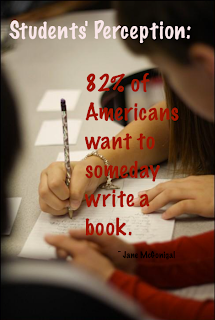However, as I reflect upon this, I can't help but think about our students who will be entering our versions of Wonderland. For many of our students, like Alice, they are a bit afraid and confused because everything is new and exciting....maybe a bit frightening. Many of our learners have never encountered opportunities to stretch their minds, think about learning in different ways, and nurture creativity. The wonderlands of our classrooms can be overwhelming without the right guidance.
As we begin on our new adventure, there are several types of guides we can be as our students' embark to Wonderland.
- The White Queen: She was kindness personified. She always looked out for those in her care. As teachers, we must remember the importance of kindness in our classroom. If students do not feel that we care about them, they will not care about anything that we do in the classroom to enhance their learning. It is crucial for us to remember that our students are first and foremost people. Harsh words can stick with them for a lifetime. We need to lead in a kingdom of kindness where everyone is treated with respect.
- The Cheshire Cat: He was known for his smile and pointing Alice in the right direction. As teachers, we need to remember that a smile can make a difference in someone's perception of a situation. Unfortunately, many of our students rarely have anyone smile at them in their lives outside of school (have you ever watched the interactions between parents and their children at the store?). Many times our students are lost. As teachers, we can be their guides to reaching great knew heights. However, we need to remember that this is their journey, not ours. We need to give them guidance, but let them have a voice and a choice in our classrooms.
- The Mad Hatter: We all need this person in our lives. This is the person who stands up for us, protects us, makes us laugh and dances the Futterwacken when it's time to celebrate. However, the Mad Hatter is also honest when he notices when we've lost our "muchness." We need to be that person in our students' lives. We need to bring out the best in them and help them realize how special and unique they are. Many of our learners may never make all A's or be the star athlete, but every child deserves to be celebrated every time they reach a goal.
I wish you all the best as you begin the new school year. Dust off your dancing shoes and get your Futterwacken on because your students won't be the only ones learning this year; you get to play a major role in their adventure and that's cause to celebrate.
photo credit: Brandon Christopher Warren via photopin cc









.JPG)









